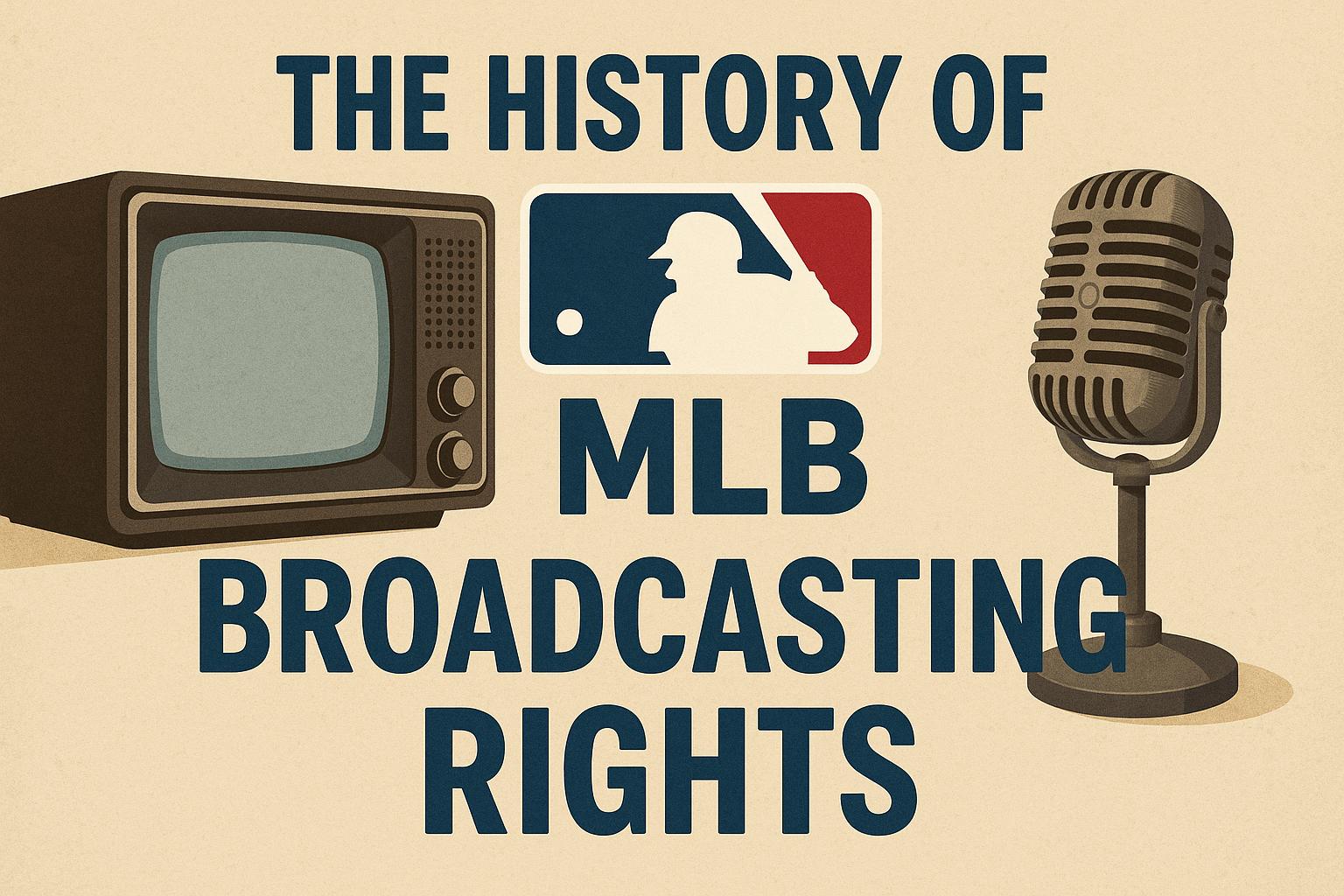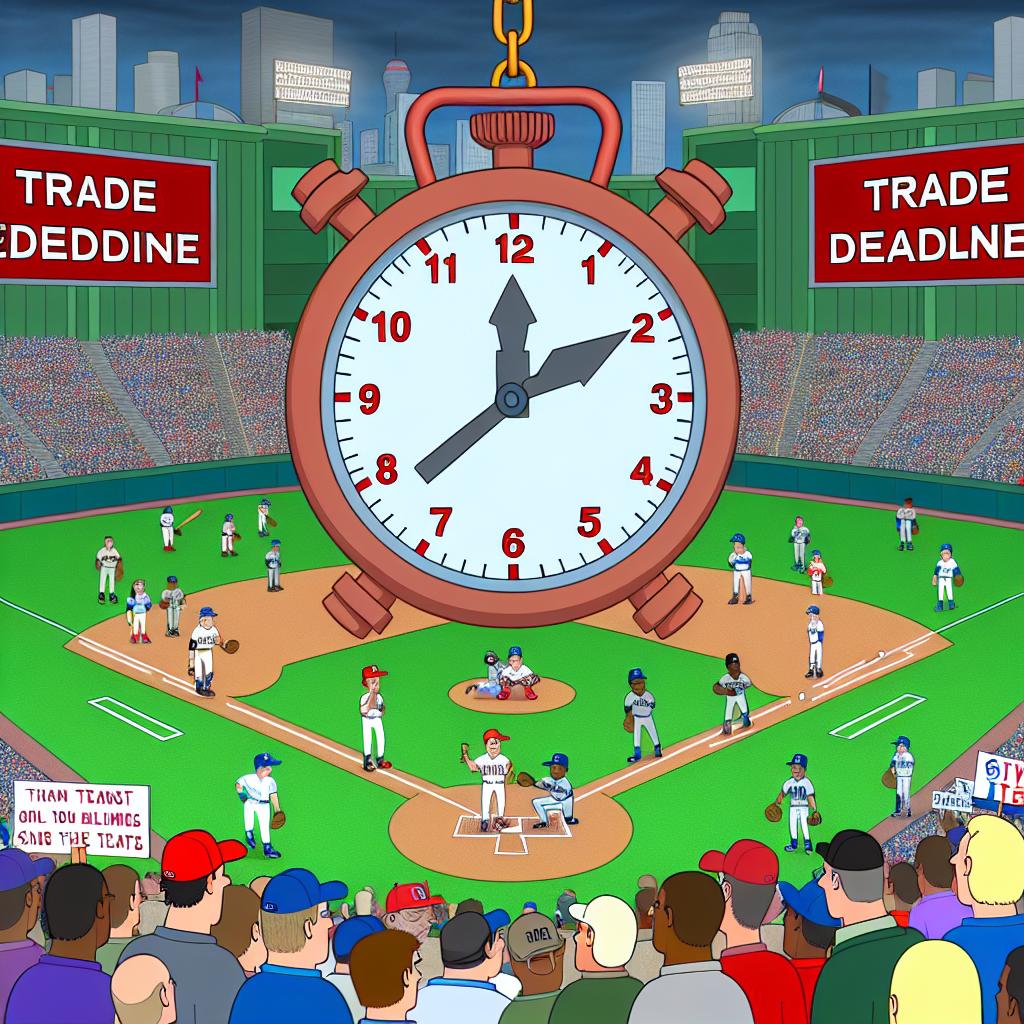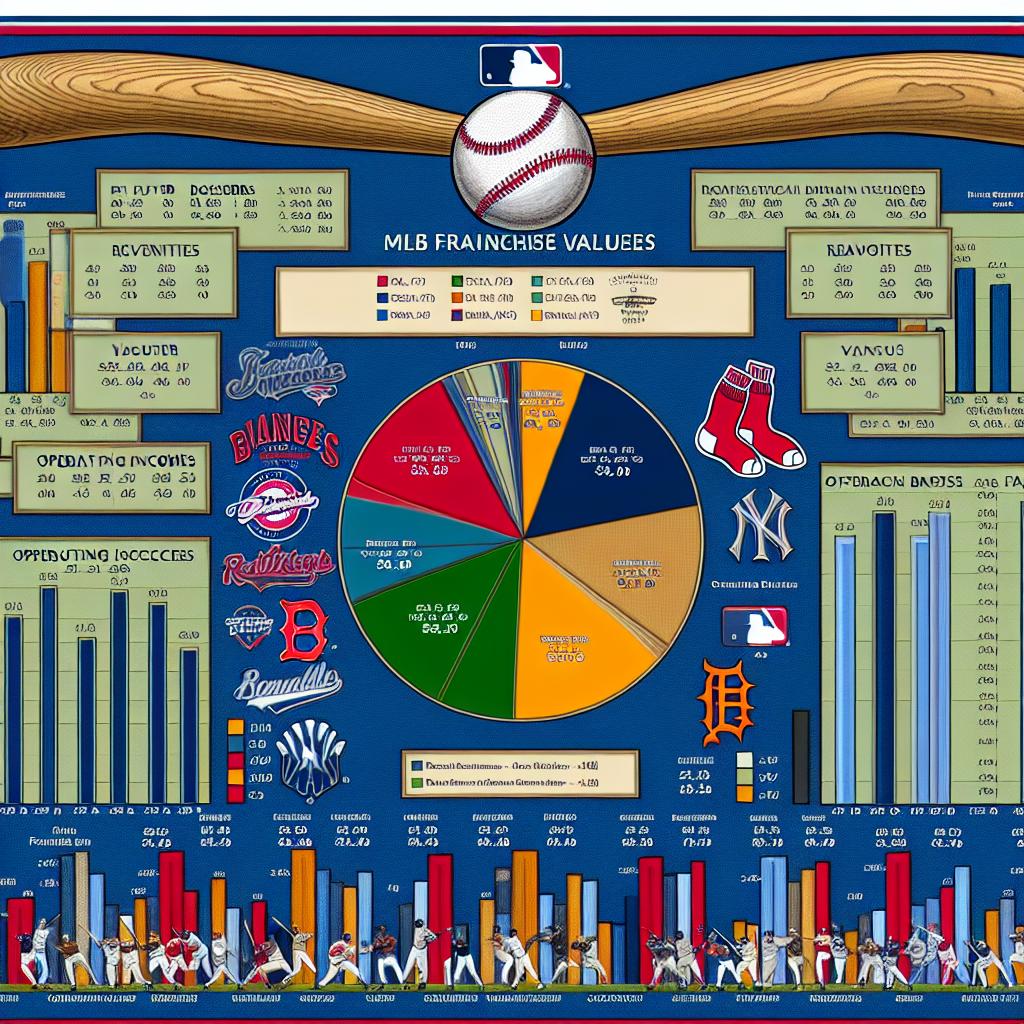Early Days of MLB Broadcasting
The history of Major League Baseball (MLB) broadcasting has undergone a remarkable transformation since the sport’s early days. Initially, radio served as the primary means by which fans could experience games outside the stadium. It was in 1921 that the first-ever baseball game was broadcast over the radio, marking a pivotal moment in sports media history. This broadcast was more than just a groundbreaking event; it was the beginning of a new era in which baseball fans could follow the on-field action remotely. Throughout the 1920s and 1930s, radio broadcasts became a staple of the baseball experience. Fans who were unable to attend the games in person could rely on radio to provide live commentary and updates, fostering a deeper connection with their teams.
The Introduction of Television
The emergence of television in the mid-20th century heralded a new chapter in MLB broadcasting. While the first televised game occurred in 1939, regular broadcasts did not become a mainstay until the post-World War II era. The following decades, notably the 1950s and 1960s, saw baseball becoming more widely accessible to the public through television. National and local networks started to televise games, dramatically expanding the sport’s audience. This increase in accessibility, however, raised questions about the potential impact of televised games on attendance at live matches.
National Broadcasting Deals
Approaching the latter half of the 20th century, MLB began to explore opportunities for national television deals. Such agreements were crucial for the league’s growth and financial development. During the 1960s, MLB secured significant contracts with major networks like NBC and CBS, solidifying baseball’s presence in American homes. These deals not only boosted the sport’s visibility but also helped drive revenue for the league. By the 1980s and 1990s, the landscape of broadcasting rights became increasingly competitive. Additional networks, such as ABC and ESPN, entered the scene, offering more venues through which fans could watch games. This diversification of broadcasting partners contributed to heightened exposure and expanded viewing options for baseball enthusiasts.
The Rise of Cable and Digital Broadcasting
The late 20th century witnessed the rise of cable television, yet another turning point for MLB broadcasting. Regional Sports Networks (RSNs) emerged as pivotal players in this era. RSNs allowed individual MLB teams to create tailor-made agreements for local markets. Such regional networks provided fans with more personalized and localized coverage, enhancing the overall viewing experience.
Venturing into the 21st century, MLB has continued to keep pace with evolving technology by embracing digital platforms. The launch of MLB.tv in 2002 was a landmark move in digital broadcasting. This service empowered fans to stream live games via the internet, offering unparalleled access to baseball worldwide. It illustrated MLB’s commitment to leveraging modern media technologies to broaden its reach.
Current Trends and Future Prospects
In today’s dynamic media landscape, the framework of MLB broadcasting rights is continuously evolving. While television deals remain critical to the league’s revenue, digital platforms are rapidly gaining importance. In recent years, MLB has forged partnerships with tech giants to stream games on platforms such as YouTube and Facebook. These partnerships represent MLB’s ongoing efforts to expand its viewership.
The evolving nature of broadcasting agreements underscores the shifting preferences of fans in terms of content consumption. With technology advancing at an unprecedented pace, MLB is likely to persist in exploring new ways to deliver content. This exploration is driven by the goal of ensuring the sport’s accessibility to a growing, diverse audience. MLB remains open to innovative means of connecting with fans, thereby securing its relevance in a media-saturated world. As the media and technology landscape continues to grow and change, MLB’s strategy will likely adapt along with it.
In summary, the journey of MLB broadcasting—from the pioneering days of radio to the dynamic digital present—reflects both the storied history of baseball and its capacity for adaptation. The early adoption of radio and television broadcast technologies was groundbreaking. It set the stage for the rapidly evolving digital landscape we see today. Looking forward, the integration of emerging technologies such as virtual and augmented reality may also play a role in shaping the way games are viewed and experienced. The domain of Major League Baseball broadcasting has witnessed substantial change, driven by innovation, adaptability, and a deep commitment to reaching fans wherever they may be. The evolution continues, ensuring that MLB remains an integral part of both sports and media for years to come.




